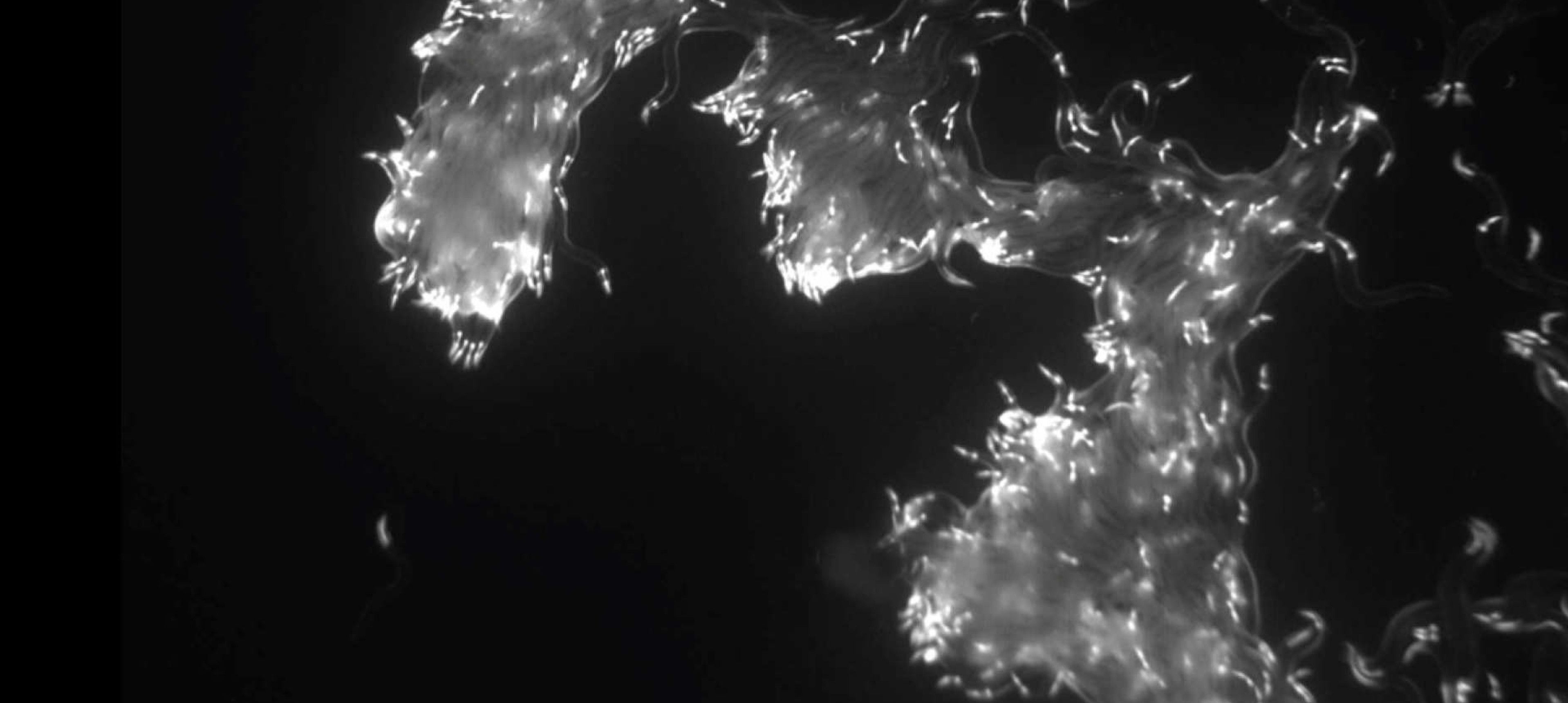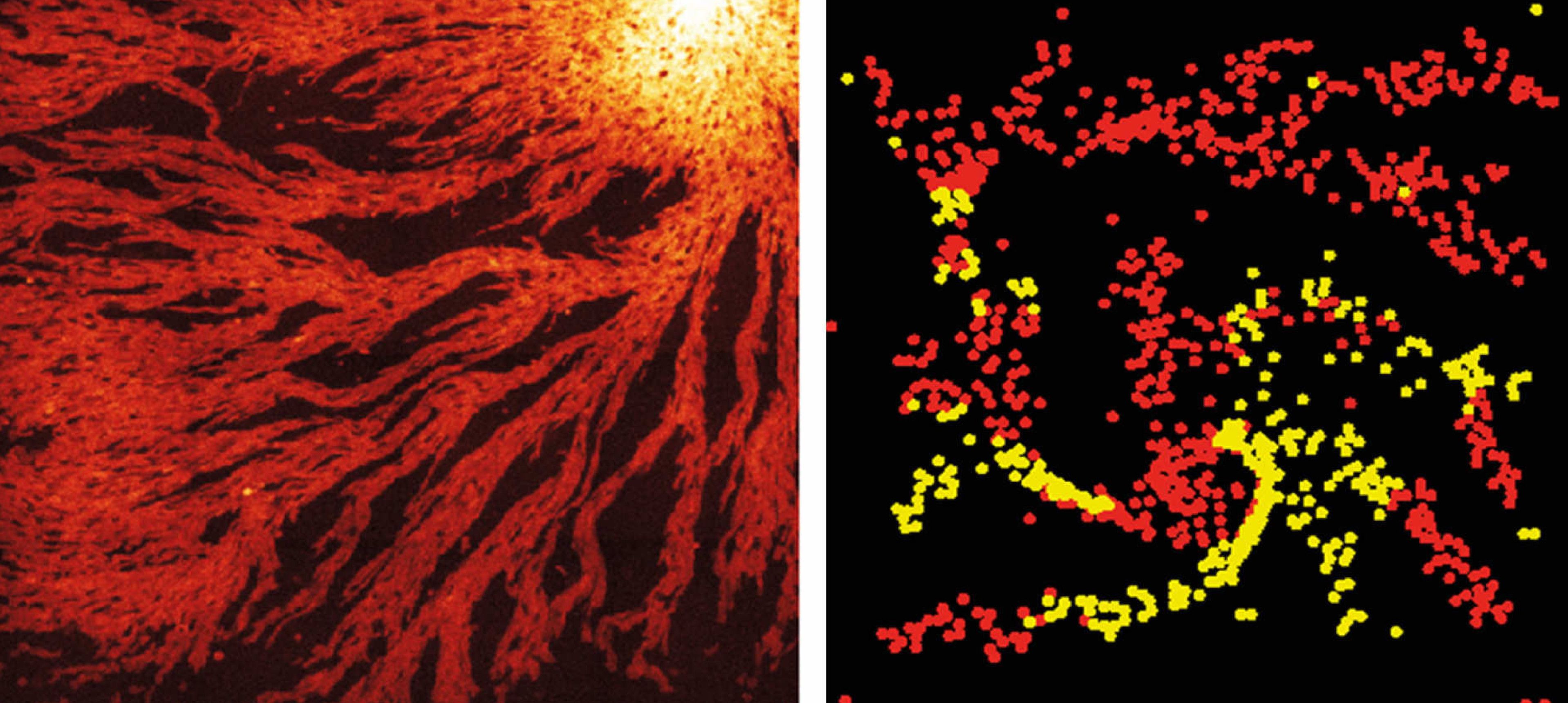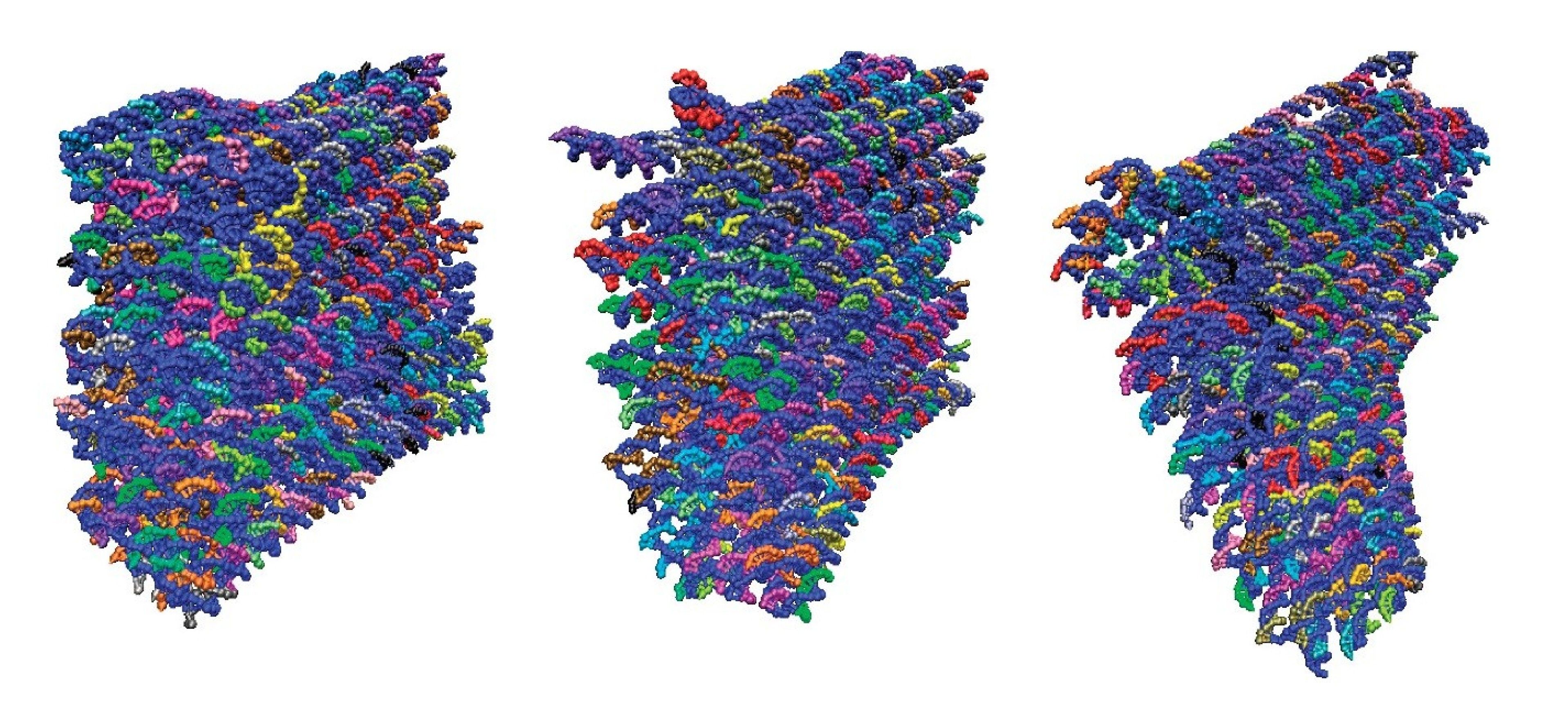Starting up in September 2020, we're proud to introduce our monthly Physics of Life Seminar Series. We'll be hosting top speakers from across the globe, presenting on all topics from fundamental theory to cutting edge experiments. At least initially, seminars will be hosted remotely and everyone is welcome, whether you are a member of College or not. If you're interested, please sign up to our network mailing list for regular updates on speakers; our full schedule is shown below, and you can find details about how to watch live by clicking on the event links. Recordings of previous talks can be found in the video playlist below (the full playlist can also be accessed here).
If you'd like to suggest a speaker, please do so using this form.
Events
Showing results for:
Recorded Seminars

Dr Stefano Bo
Single-molecule trajectories in chemically active condensates
Single-molecule trajectories in chemically active condensates
Cells need to organize their internal structure in different compartments to function properly. Biomolecular condensates provide distinct chemical environments without the need for an enclosing membrane, which can control various cellular processes. Their formation and dynamics can be modelled by the physics of phase separation. Single-molecule experiments, allowing us to follow the motion of individual molecules in these condensates and across their phase boundaries, are becoming more common. I will discuss the stochastic trajectories of single molecules in a phase-separated liquid, showing how the physics of phase coexistence affects the statistics of molecular trajectories. I will present how these statistics can be used to infer key physical properties of the condensates. I will then address the single-molecule description of chemically active condensates. In closing, I will investigate the thermodynamics of these individual trajectories and discuss how they can reveal the non-equilibrium nature of condensates.
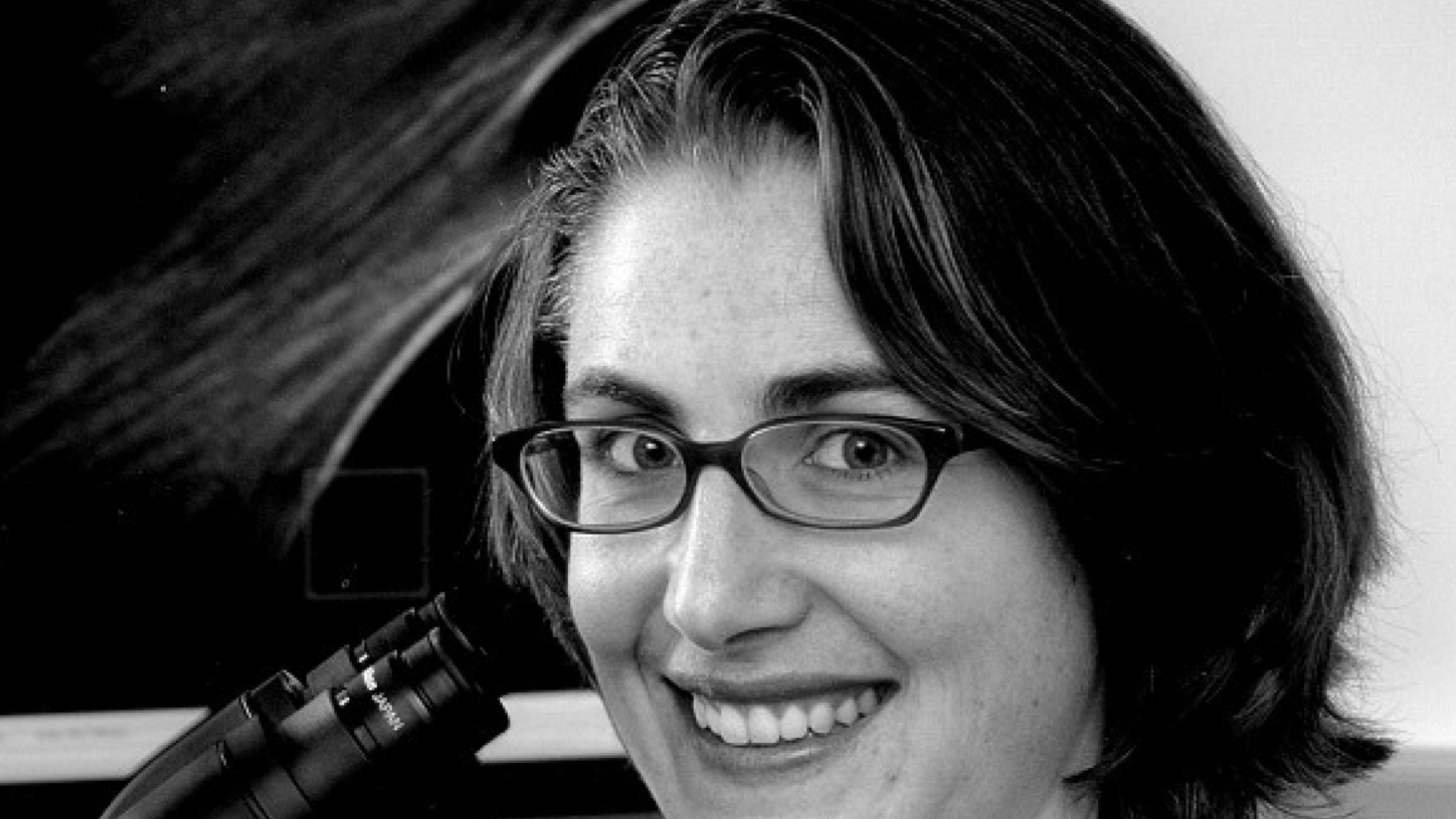
Prof Margaret Gardel
Mechanical Homeostasis in the Actin Cytoskeleton
Mechanical Homeostasis in the Actin Cytoskeleton
My lab studies the design principles of cytoskeletal materials the drive cellular morphogenesis, with a focus on contractile machinery in adherent cells. In addition to force generation, a key feature of these materials are distributed force sensors which allow for rapid assembly, adaptation, repair and disintegration. Here I will describe how optogenetic control of RhoA GTPase is a powerful and versatile force spectroscopy approach of cytoskeletal assemblies and its recent use to probe repair response in actomyosin stress fibers. I will also describe our recent identification of 18 proteins from the zyxin, paxillin, Tes and Enigma families with mechanosensitive LIM (Lin11, Isl- 1 & Mec-3) domains that bind exclusively to mechanically stressed actin filaments. Our results suggest that the evolutionary emergence of contractile F-actin machinery coincided with, or required, proteins that could report on the stresses present there to maintain homeostasis of actively stressed networks.

Prof Amy Gladfelter
RNA-driven phase separation from cells to SARS
RNA-driven phase separation from cells to SARS
Biomolecular condensation is a mechanism for controlling cell organization. Many condensates are rich in nuclei acids such as RNA. The role of specific RNA sequences and structures in promoting the molecular identity of condensates formed for cell polarity and division and by the SARS CoV-2 virus will be discussed.

Prof Nigel Goldenfeld
Is there Universality in Biology?
Is there Universality in Biology?
It is sometimes said that there are two reasons why physics is so successful as a science. One is that it deals with very simple problems. The other is that it attempts to account only for universal aspects of systems at a desired level of description, with lower level phenomena subsumed into a small number of adjustable parameters. It is a widespread belief that this approach seems unlikely to be useful in biology, which is intimidatingly complex, where “everything has an exception”, and where there are a huge number of undetermined parameters.
I will try to argue, nonetheless, that there are important, experimentally-testable aspects of biology that exhibit universality, and should be amenable to being tackled from a physics perspective. My suggestion is that this can lead to useful new insights into the existence and universal characteristics of living systems. I will try to justify this point of view by contrasting the goals and practices of the field of condensed matter physics with materials science, and then by extension, the goals and practices of the newly emerging field of “Physics of Living Systems” with biology.
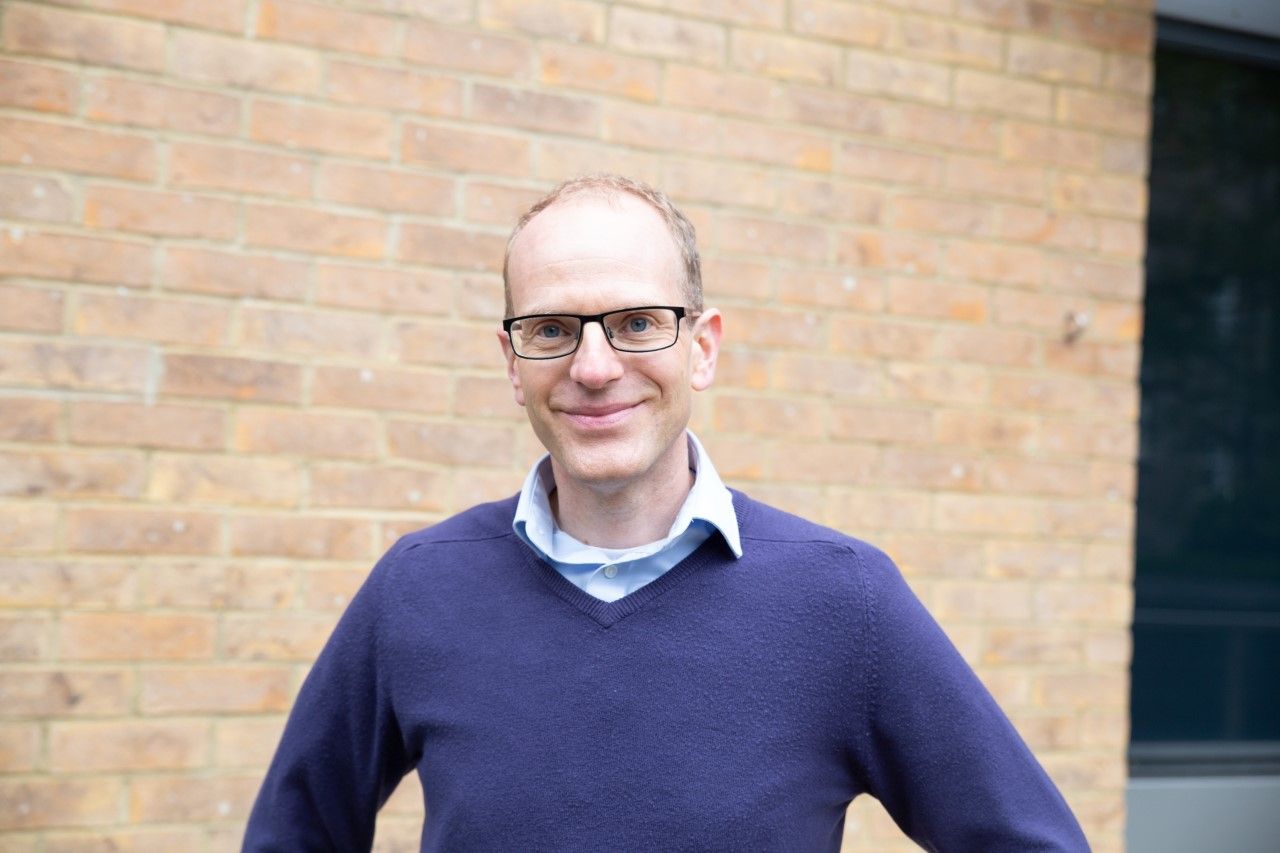
Prof. Martin Howard
Setting timescales for epigenetic switching
Setting timescales for epigenetic switching
Quantitative gene regulation at the population level can be achieved by two fundamentally different modes of regulation at individual gene copies. A “digital” mode involves binary ON/OFF expression states, with population-level variation arising from the proportion of gene copies in each state, while an “analog” mode involves graded expression levels at each gene copy. At the Arabidopsis floral repressor FLOWERING LOCUS C (FLC), “digital” Polycomb silencing is known to facilitate quantitative epigenetic memory in response to cold. However, whether FLC regulation before cold involves analog or digital modes is unknown. Using quantitative fluorescent imaging of FLC mRNA and protein, together with mathematical modelling, we find that FLC expression before cold is regulated by both analog and digital modes. We demonstrate a temporal separation between the two modes, with analog preceding digital. The analog mode can maintain intermediate expression levels at individual FLC gene copies, allowing subsequent digital silencing, where these copies switch OFF stochastically and heritably without cold. The timescale of this one-way switch is governed by the strength of transcription: high transcription prevents switching, while low levels of transcription allow for rapid switching. In this way, analog and digital regulation are combined: analog regulation precedes digital with a time delay for the switch depending on the strength of transcription. Overall, our data present a new paradigm for gradual repression, elucidating how analog transcriptional and digital epigenetic memory pathways can be integrated

Andrew Krause
Heterogeneous and Evolving Domains in Reaction Diffusion Pattern Formation
Motivated by a range of problems in embryology and ecology, I will present recent extensions to Turing's classical reaction-diffusion paradigm for pattern formation. This will start by reviewing Turing-type instabilities and their analysis via classical linear instability theory. I will discuss two cases where this approach must be modified to account for complex properties of the medium. Firstly are models of heterogeneous or pre-patterned domains. Under the approximation of a sufficiently smooth heterogeneity relative to small diffusion coefficients, we can use WKB asymptotics to derive a localisation of the classical Turing conditions, and hence a localisation of patterns. This leads into a discussion of designing patterning systems, as well as questions of phenomenology. We next consider pattern formation on evolving domains, and demonstrate some analytical progress using tools from non-autonomous dynamical systems theory. Numerical simulations highlight a range of rich phenomena not captured by the linear analysis, especially in cases of morphogen-regulated domain evolution. In both scenarios, we find both physically and mathematically rich theories, with numerous open questions remaining. Throughout we relate our modelling and analysis back to biological questions of form and function, and suggest key areas of exploration not present in even these more complicated models of Science).
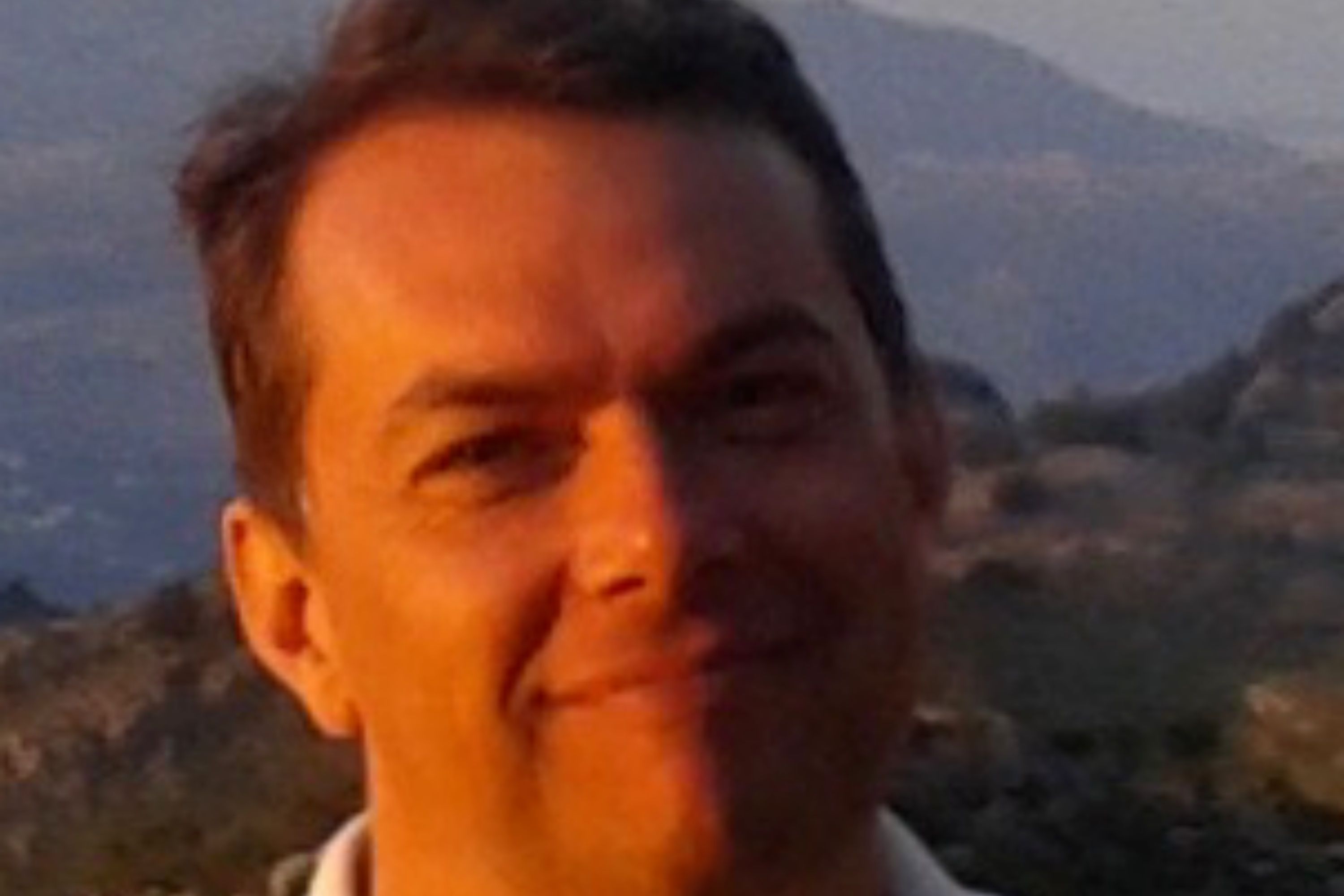
Prof David Lacoste
Emergence of homochirality in large molecular systems
Emergence of homochirality in large molecular systems
The question of the origin of homochirality of living matter, or the dominance of one handedness for all molecules of life across the entire biosphere, is a long-standing puzzle in the research on the Origin of Life. In the fifties, Frank proposed a mechanism to explain homochirality based on the properties of a simple autocatalytic network containing only a few chemical species. Following this work, chemists struggled to find experimental realizations of this model, possibly due to a lack of proper methods to identify autocatalysis [1]. In any case, a model based on a few chemical species seems rather limited, because prebiotic earth is likely to have consisted of complex ‘soups’ of chemicals.
To include this aspect of the problem, we recently proposed a mechanism based on certain features of large out-of-equilibrium chemical networks [2]. We showed that a phase transition towards an homochiral state is likely to occur as the number of chiral species in the system becomes large or as the amount of free energy injected into the system increases. Through an analysis of large chemical databases, we showed that there is no need for very large molecules for chiral species to dominate over achiral ones; it already happens when molecules contain about 10 heavy atoms. We also analyzed the various conventions used to measure chirality and discussed the relative chiral signs adopted by different groups of molecules [3]. We then proposed a generalization of Frank's model for large chemical networks, which we characterized using random matrix theory. This analysis includes sparse networks, suggesting that the emergence of homochirality is a robust and generic transition.
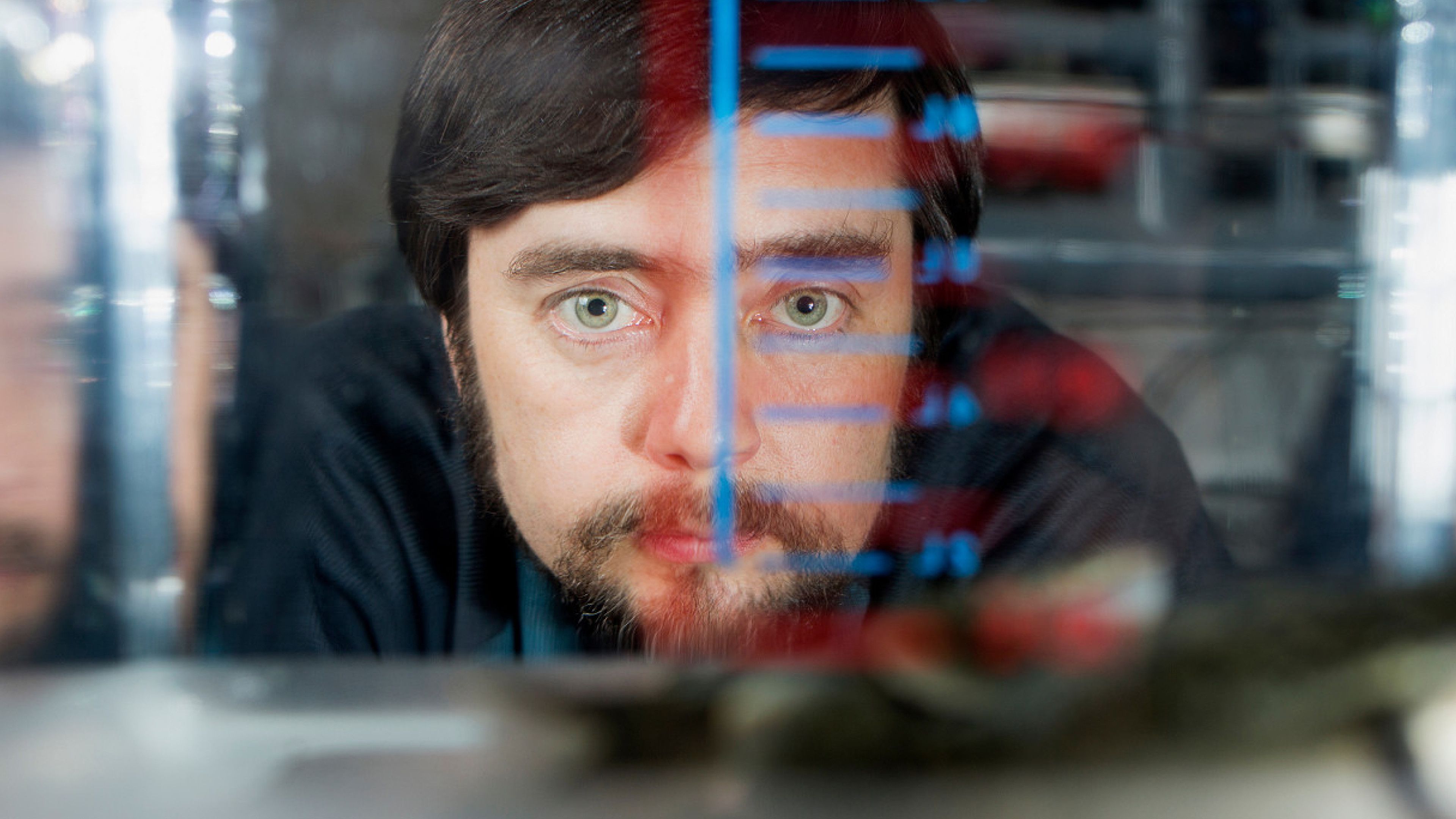
Prof Michael Levin
Anatomical decision-making by cellular collectives
Anatomical decision-making by cellular collectives: Bioelectrical pattern memories, regeneration, and synthetic living organisms
It is sometimes said that there are two reasons why physics is so successful as a science. One is that it deals with very simple problems. The other is that it attempts to account only for universal aspects of systems at a desired level of description, with lower level phenomena subsumed into a small number of adjustable parameters. It is a widespread belief that this approach seems unlikely to be useful in biology, which is intimidatingly complex, where “everything has an exception”, and where there are a huge number of undetermined parameters.
I will try to argue, nonetheless, that there are important, experimentally-testable aspects of biology that exhibit universality, and should be amenable to being tackled from a physics perspective. My suggestion is that this can lead to useful new insights into the existence and universal characteristics of living systems. I will try to justify this point of view by contrasting the goals and practices of the field of condensed matter physics with materials science, and then by extension, the goals and practices of the newly emerging field of “Physics of Living Systems” with biology.

Prof Lisa Manning
How do single cells program collective behavior
How do single cells program collective behavior at the scale of tissues?
In multicellular organisms, properly programmed collective cell motion is required to form tissues and organs, and this programming breaks down in diseases like cancer. Recent experimental work highlights that some organisms tune the global mechanical properties of a tissue across a fluid-solid transition. In the “fluid” phase, cells change neighbors and the global shape of the tissue deforms, while in the “solid” phase cell motion is prohibited and the tissue responds elastically via stretching and buckling. What is the physical origin of such rigidity transitions and how do cells control them? I will discuss our theoretical and computational work to understand what causes these transitions, and demonstrate that our theoretical predictions with no fit parameters explain detailed features of body axis elongation in the fruit fly and the architecture and dynamics of epithelial cell culture. I will also discuss possible biochemical pathways and cellular processes that individual cells may utilize to alter mechanical properties at the tissue scale.
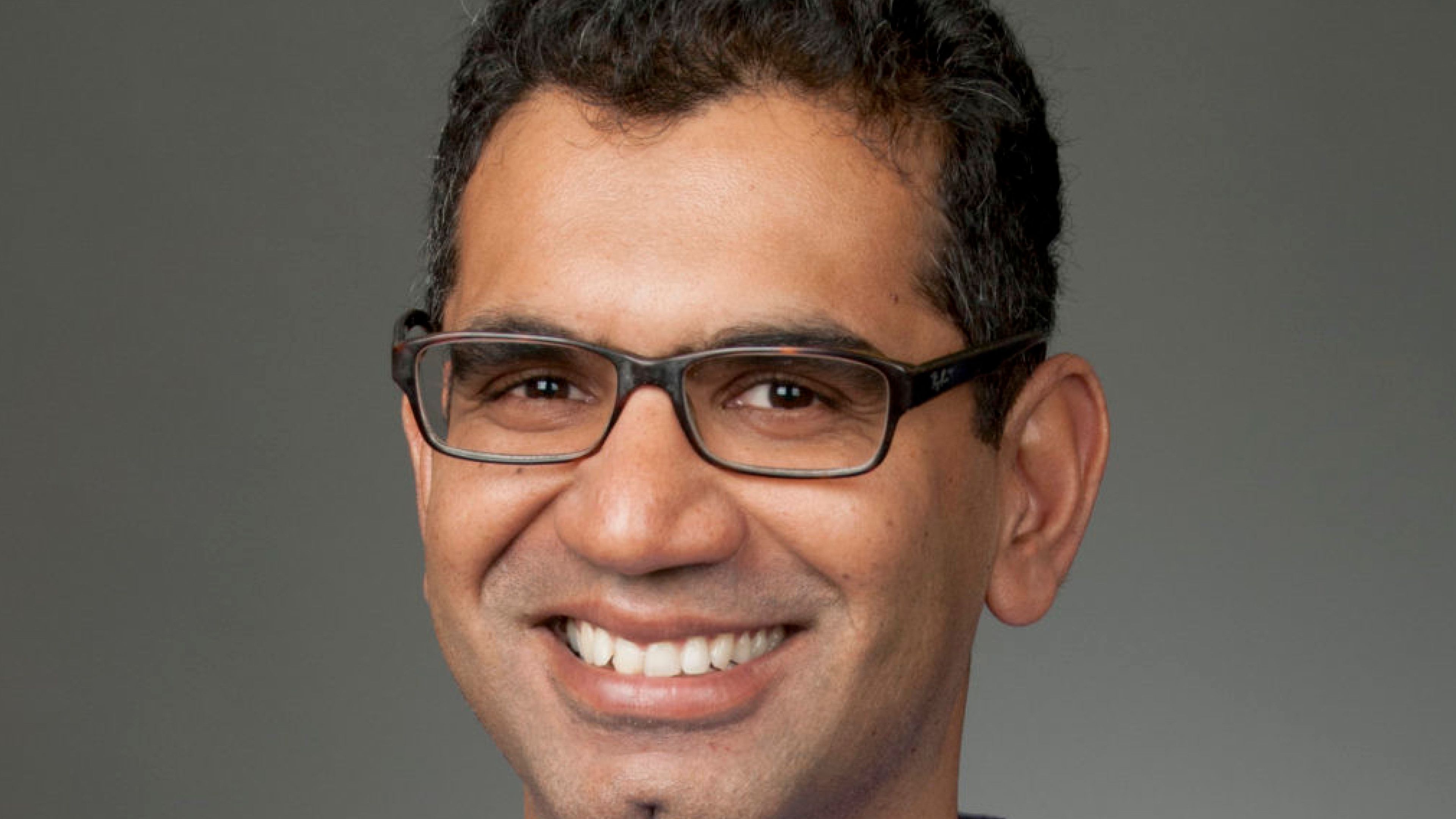
Prof Pankaj Mehta
Towards a Theory of Microbial Ecosystems
Towards a Theory of Microbial Ecosystems
A major unresolved question in microbiome research is whether the complex ecological patterns observed in surveys of natural communities can be explained and predicted by fundamental, quantitative principles. Bridging theory and experiment is hampered by the multiplicity of ecological processes that simultaneously affect community assembly and a lack of theoretical tools for modeling diverse ecosystems. Here, I will present a simple ecological model of microbial communities that reproduces large-scale ecological patterns observed across multiple natural and experimental settings including compositional gradients, clustering by environment, diversity/harshness correlations, and nestedness. Surprisingly, our model works despite having a “random metabolisms” and “random consumer preferences”. This raises the natural of question of why random ecosystems can describe real-world experimental data. In the second, more theoretical part of the talk, I will answer this question by showing that when a community becomes diverse enough, it will always self-organize into a stable state whose properties are well captured by a “typical random ecosystems”.
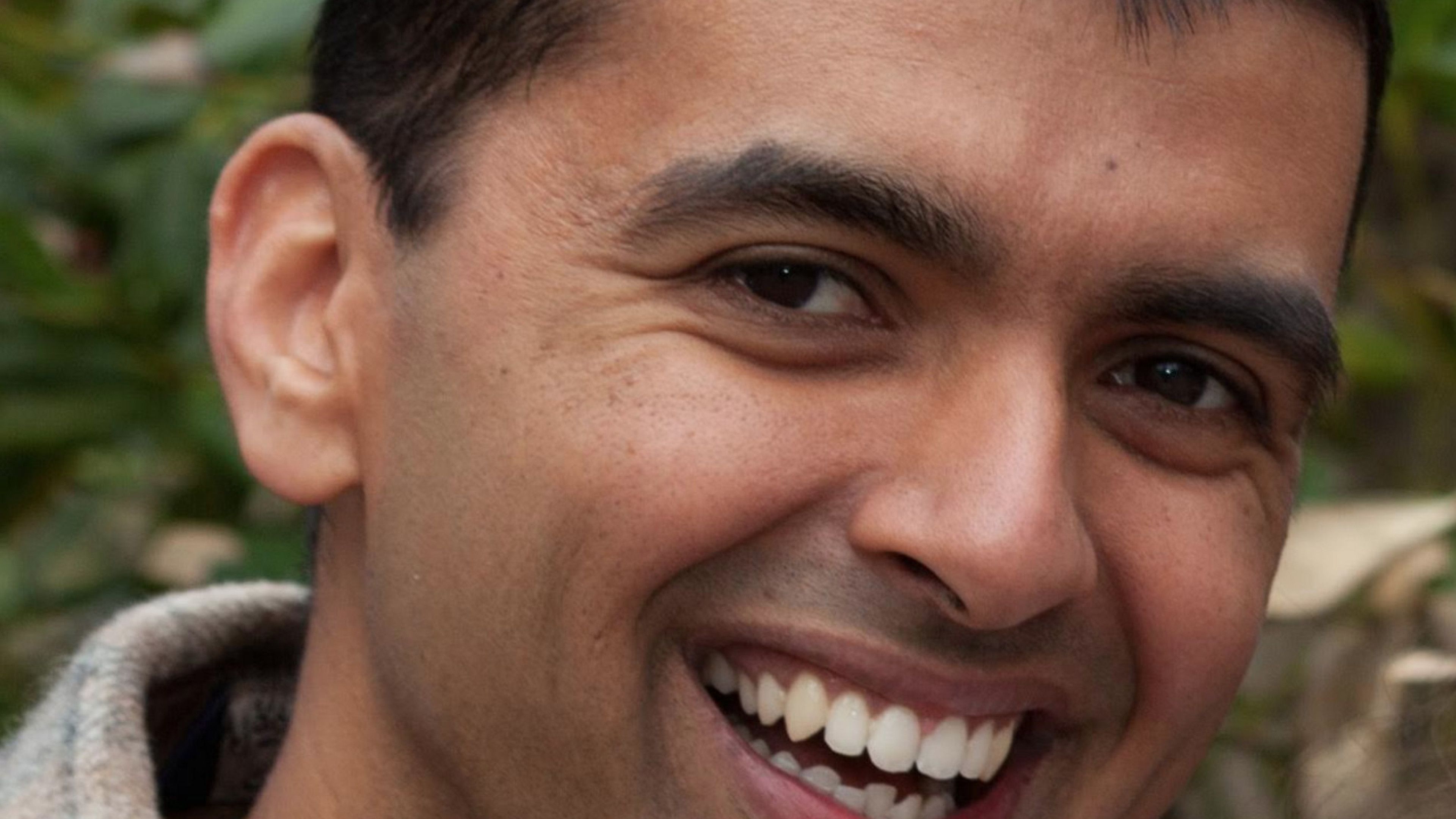
Prof Arvind Murugan
Neural network like collective dynamics in molecules
Neural network like collective dynamics in molecules
Neural networks can learn and recognize subtle correlations in high dimensional inputs. However, neural networks are simply many-body systems with strong non-linearities and disordered interactions. Hence, many-body physical systems with similar interactions should be able to show neural network-like behavior. Here we show neural network-like behavior in the nucleation dynamics of promiscuously interacting molecules with multiple stable crystalline phases. Using a combination of theory and experiments, we show how the physics of the system dictates relationships between the difficulty of the pattern recognition task solved, time taken and accuracy. This work shows that high dimensional pattern recognition and learning are not special to software algorithms but can be achieved by the collective dynamics of sufficiently disordered molecular systems.
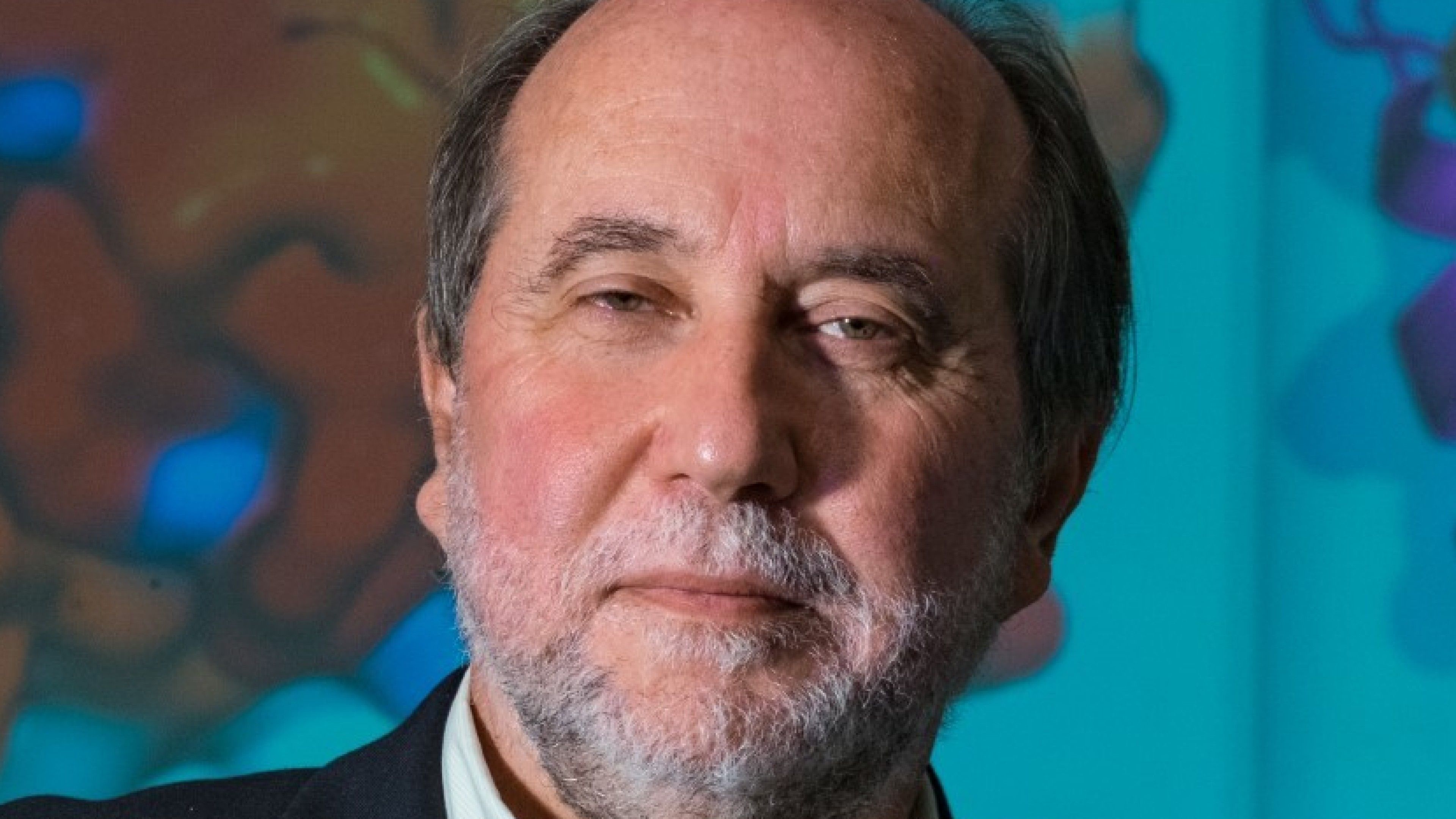
Prof Jose Onuchic
Energy landscapes, order and disorder
Energy landscapes, order and disorder, and protein sequence coevolution: From proteins to chromosome structure
In vivo, the human genome folds into a characteristic ensemble of 3D structures. The mechanism driving the folding process remains unknown. A theoretical model for chromatin (the minimal chromatin model) explains the folding of interphase chromosomes and generates chromosome conformations consistent with experimental data is presented. The energy landscape of the model was derived by using the maximum entropy principle and relies on two experimentally derived inputs: a classification of loci into chromatin types and a catalog of the positions of chromatin loops. This model was generalized by utilizing a neural network to infer these chromatin types using epigenetic marks present at a locus, as assayed by ChIP-Seq. The ensemble of structures resulting from these simulations completely agree with HI-C data and exhibits unknotted chromosomes, phase separation of chromatin types, and a tendency for open chromatin to lie at the periphery of chromosome territories. Although this theoretical methodology was trained in one cell line, the human GM12878 lymphoblastoid cells, it has successfully predicted the structural ensembles of multiple human cell lines. Finally, going beyond Hi-C, our predicted structures are also consistent with microscopy measurements. Analysis of both structures from simulation and microscopy reveals that short segments of chromatin make two-state transitions between closed conformations and open dumbbell conformations. For gene active segments, the vast majority of genes appear clustered in the linker region of the chromatin segment, allowing us to speculate possible mechanisms by which chromatin structure and dynamics may be involved in controlling gene expression.
* Supported by the NS
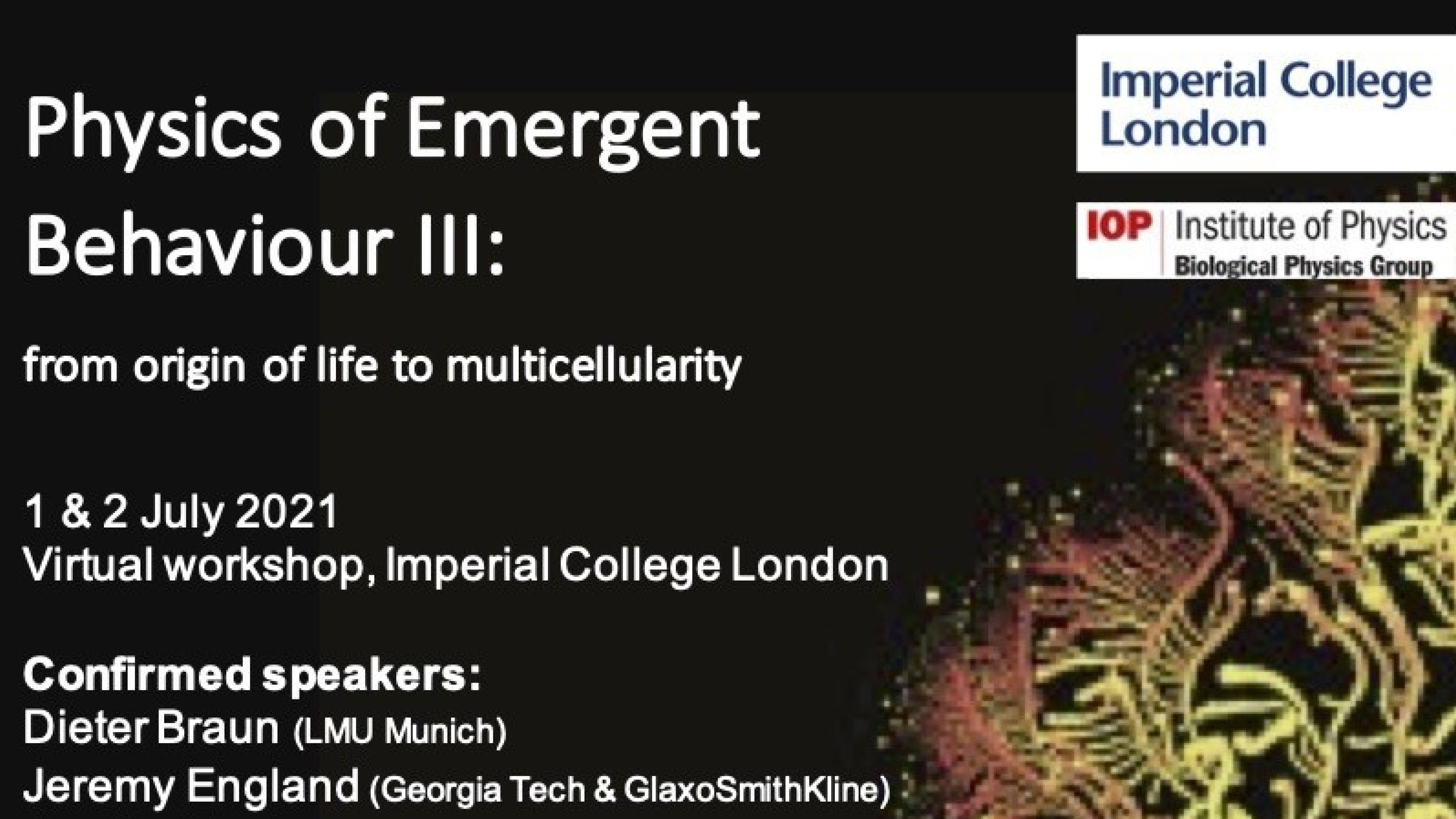
Emergent Behaviour III.1
Physics of Emergent Behaviour III: from origin of life to multicellularity (part 1)
Physics of Emergent Behaviour III: from origin of life to multicellularity, 2nd July 2021 (part 1)
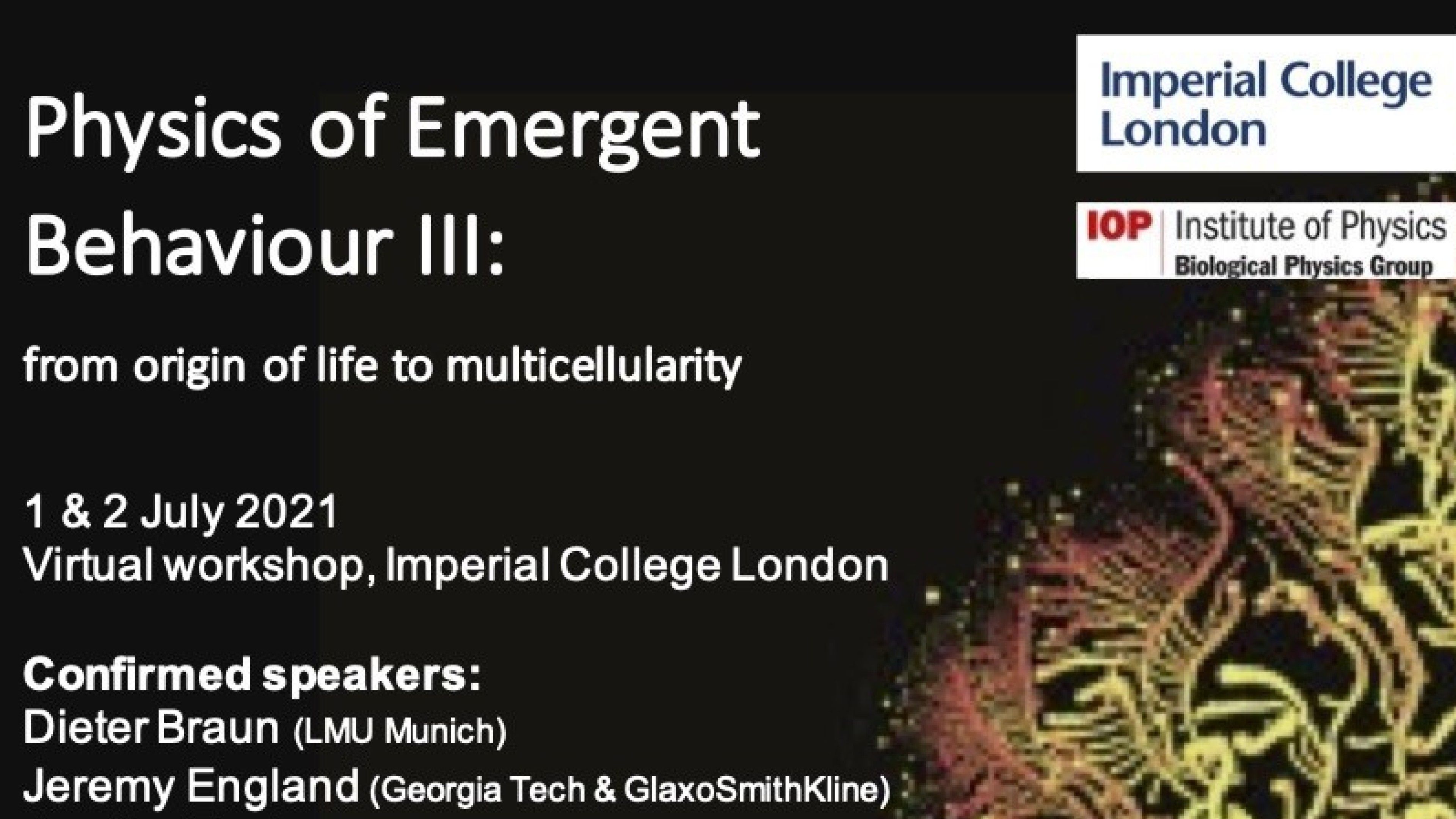
Emergent Behaviour III.2
Physics of Emergent Behaviour III: from origin of life to multicellularity (part 2)
Physics of Emergent Behaviour III: from origin of life to multicellularity, 2nd July 2021 (part 2)
.jpg)
Prof Boris Shraiman
Physics of morphogenesis
Physics of Morphogenesis
Morphogenesis is a developmental process through which plants and animals acquire their shape and form. Although Biology has identified many of the key genes and cellular mechanisms of morphogenesis, the question of how Living Matter encodes the geometry of the shapes that it generates remains an open problem. This talk will focus on the interplay of physical forces and genetically encoded regulation that underly morphogenic processes. Specifically, the talk will describe how mechanical self-organization on cellular scale acts to convert spatial patterns of developmental gene expression into controlled transformation of tissue shape. We will see that i) simple ideas from Physics go far in explaining non-trivial behavior of tissues, and that ii) “active mechanics” encountered in tissue morphogenesis pushes the envelope of continuum mechanics beyond what we have learned from textbooks.

Prof Benjamin Simons
Spermatogenesis: a paradigm of stem cell regulation
Spermatogenesis: a paradigm of stem cell regulation
To replenish cells lost through exhaustion or damage, tissue stem cells must achieve a perfect balance between renewal and differentiation. To study the factors that control such fate asymmetry, emphasis has been placed on mechanisms in which stem cell competence relies on signals from a discrete anatomical niche. However, in many tissues, stem cell maintenance takes place in a “facultative” niche, where stem cells disperse among their differentiating progenies. Using mouse spermatogenesis as a model, we present evidence that stem cell density regulation relies on a feedback mechanism, reminiscent of “quorum sensing” in bacterial populations, in which cells transition reversibly between states biased for renewal and primed for differentiation. Using a modelling-based approach, we show that this mechanism provides predictive insights into stem cell dynamics during steady-state, as well as under perturbed and transplantation conditions. We discuss the potential implications of these findings for the regulation of stem cell density in other epithelial contexts, as well as their ramifications for the elucidation of dynamic information from single-cell gene expression profiling data.
.jpg)
Prof Victor Sourjik
Physics, physiology and evolutionary optimization of bacterial motility
Physics, physiology and evolutionary optimization of bacterial motility
Bacterial motility is among the quantitatively best-understood biological behaviors, at it has long served as a model of how physics can help to understand limits to bacterial ability to move and follow chemical gradients in the environment (chemotaxis). Here we will discuss how these physical limits might have shaped the evolution of bacterial motility and of the chemotaxis system. An equally important factor in the evolutionary optimization of biological pathways is the tradeoffs associated with investment of finite resources into different physiological functions, and we will see how this cost-benefit tradeoffs can explain the expression of motility genes in natural isolates as well as in the strains experimentally evolved under selection for motility. Finally, the ability of bacteria to compensate the loss of essential chemotaxis genes in the course of experimental evolution will be discussed.
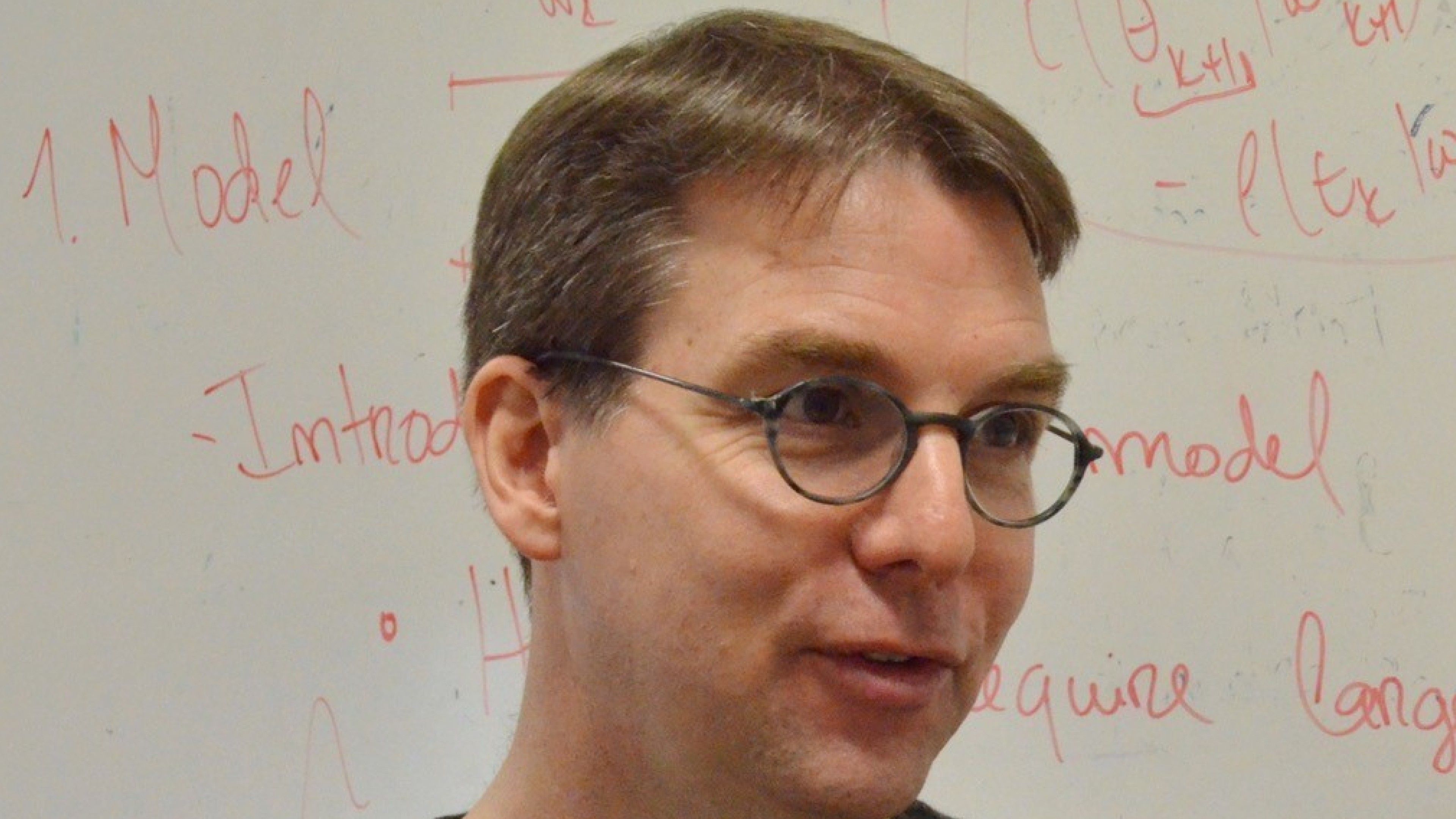
Prof Greg Stephens
Theory, reimagined
Theory, reimagined
Physics offers countless examples for which theoretical predictions are astonishingly powerful. But it’s hard to imagine a similar precision in complex systems where the number and interdependencies between components simply prohibits a first-principles approach, look no further than the challenge of the billions of neurons and trillions of connections within our own brains. In such settings how do we even identify the important theoretical questions? We describe a systems-scale perspective in which we integrate information theory, dynamical systems and statistical physics to extract understanding directly from measurements. We demonstrate our approach with a reconstructed state space of the behavior of the nematode C. elegans, revealing a chaotic attractor with symmetric Lyapunov spectrum and a novel perspective of motor control. We then outline a maximally predictive coarse-graining in which nonlinear dynamics are subsumed into a linear, ensemble evolution to obtain a simple yet accurate model on multiple scales. With this coarse-graining we identify long timescales and collective states in the Langevin dynamics of a double-well potential, the Lorenz system and in worm behavior. We suggest that such an “inverse’’ approach offers an emergent, quantitative framework in which to seek rather than impose effective organizing principles of complex systems.
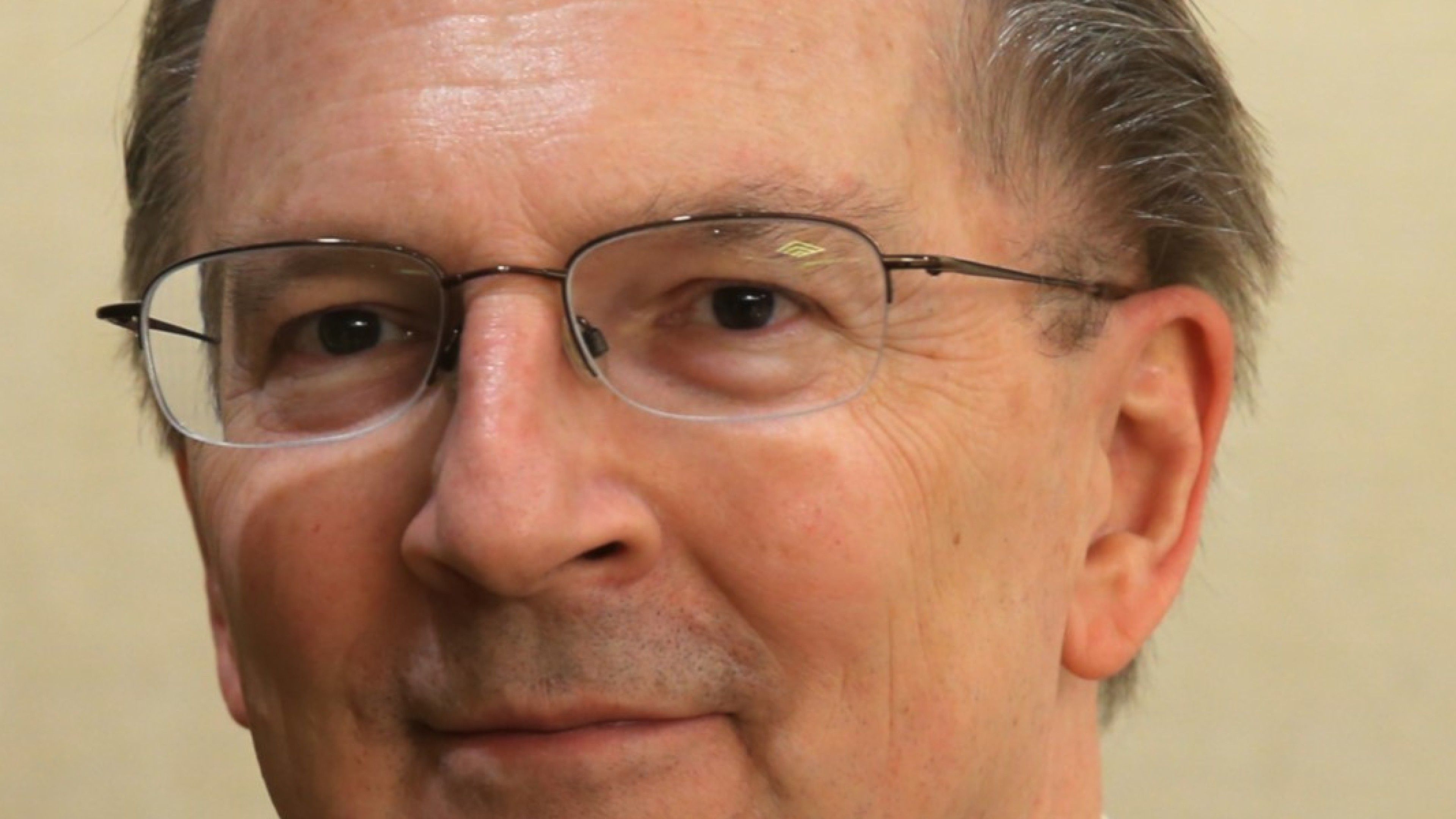
Prof Jack Szostak
Physics and the Origin of Life, from Chirality to Membranes to Information
Physics and the Origin of Life, from Chirality to Membranes to Information
Diverse physical processes played important roles in the origin of life. I will review the origin of molecular homochirality, the growth of protocell membranes, and potential roles for liquid-liquid phase separation. I will then discuss the concept of functional information and its quantitative relationship with molecular function.
.png)
Dr Rafael Tapia-Rojo
Mechanochemical regulation of focal adhesion proteins
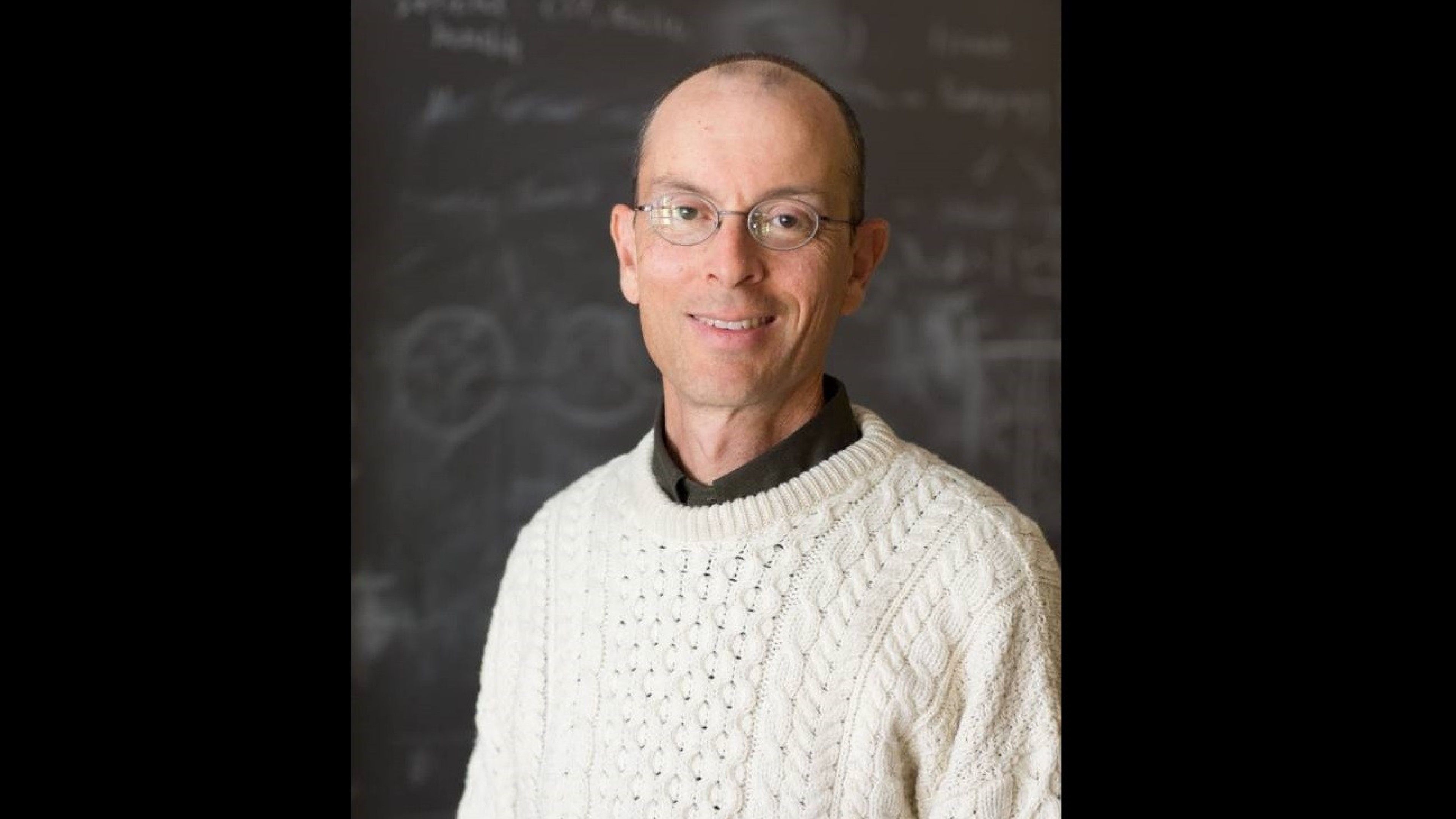
Prof Ned Wingreen
Magic numbers in protein phase transitions
Magic numbers in protein phase transitions
Biologists have recently come to appreciate that eukaryotic cells are home to a multiplicity of non-membrane bound compartments, many of which form and dissolve as needed for the cell to function. These dynamical “condensates” enable many central cellular functions – from ribosome assembly, to RNA regulation and storage, to signaling and metabolism. While it is clear that these compartments represent a type of separated phase, what controls their formation, how specific biological components are included or excluded, and how these structures influence physiological and biochemical processes remain largely mysterious. I will discuss recent experiments on phase separated condensates both in vitro and in vivo, and will present theoretical results that highlight a novel “magic number” effect relevant to the formation and control of two-component phase separated condensates.
Join the network
Join our mailing list for regular updates, news, events and opportunities
